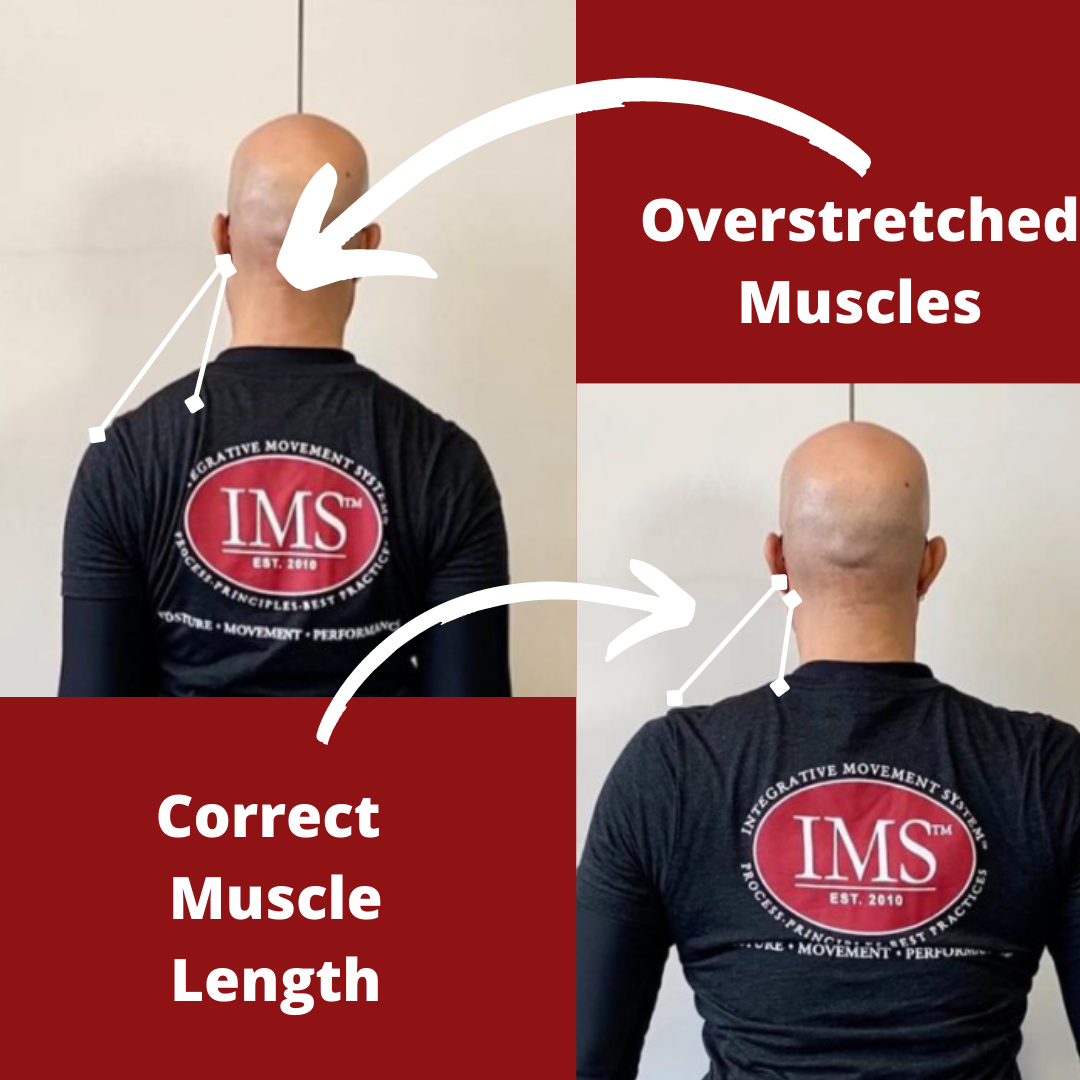Do You Struggle with Neck Problems?

When you have neck discomforts like tightness or pain, it can make the day pretty unbearable and make everyday life activities hard.
 Did you know that you have over 20 muscles that connect the base of your head, neck, and jaw to your rib cage and shoulder joint?
Did you know that you have over 20 muscles that connect the base of your head, neck, and jaw to your rib cage and shoulder joint?
So, if you have neck issues, it may come from something with your rib cage and shoulders.
The same is true in the opposite direction. It may be from something in your head, neck, or rib cage if you have shoulder issues. The body can be pretty complicated. Often, where we feel discomfort in our body could be caused by a problem from someplace else in our body.
Example: If I always pull my shoulders down and back to appear to have better posture, this action will stress my neck. The movement of pulling the shoulders down and back stretches the muscles attached from my neck to my shoulders. My brain perceives the feeling of tightness as I pull the muscle long and tight like a rubber band. We have traditionally heard that if a muscle is 'tight,' you should stretch it out; however, if pulling my shoulders down and back stretches the muscles, why would I need to stretch it more?
The answer is you don't want to stretch it more. It would be best to put your shoulders back up where they belong. The pictures show the differences between the shoulders drawn down and back compared to their natural position. The lines demonstrate two muscles that become overstretched with this posture, the upper trapezius, and levator scapula.
In the photos of the shoulders pulled down and back, the lines are longer, showing how the muscles get stretched as you pull one end of the muscle away from the other. This posture can also puts pressure on the front of the shoulder, causing impingement-type and thoracic outlet-type symptoms.
The other photo shows a more optimal posture with space between the arms and torso. There should not be a long, sloped angle of the shoulders as in the other photo.

If you struggle with neck discomfort, start by checking your shoulders and habits for posture and exercise. If you tend to pull your shoulders down, back or together unless a therapist advises for a specific reason, we recommend stopping that strategy.
If you are unclear about how to stop using this strategy, reach out. We can help.

